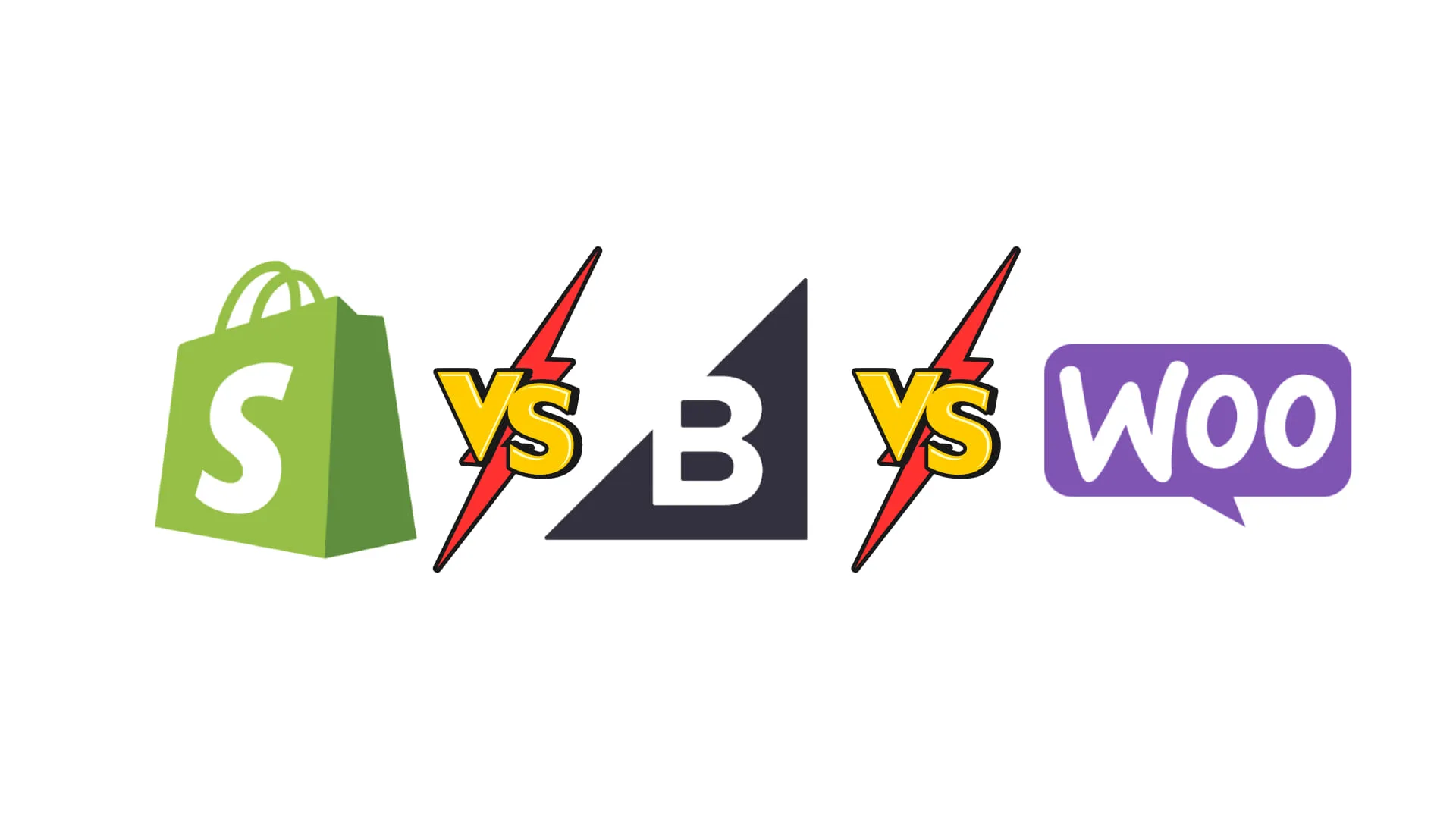Importance of E-commerce SEO
In today’s online market, millions of online stores are trying to attract consumer’s attention. E-commerce SEO (Search Engine Optimization) is essential for your online store to be visible on search engines like Google, Being, and Yahoo. Effective SEO drives organic traffic, increases sales, and builds brand trust. Without SEO, even best e-commerce websites can be overlooked and lose valuable traffic and revenue. In addition, SEO is a low-cost marketing strategy that provides long-term benefits, unlike paid advertising, which requires constant investment.
Key Elements of E-commerce SEO
To improve your site’s visibility and ranking, focus on these elements:
Keyword Research:
Find out the words and phrases that customers use when searching for your products. Understand their language and preferences. This will help you improve your marketing strategies. By analyzing these keywords, you can optimize your product listing for better visibility. This will help you reach a wider audience and increase your sales.
On-Page SEO:
Optimize title tags, meta descriptions, and titles with keywords to increase search engine rankings. Make sure your content is high-quality, informative, and has keyword-rich internal links to improve relevance and user engagement.
Technical SEO:
Improve site speed and mobile compatibility to provide a better user experience and increase search engine rankings. Additionally, ensure proper use of structured data and correct search errors to improve your site’s indexing.
Off-Page SEO:
Get high-quality links from authoritative websites to build your domain’s reputation and improve your site’s credibility. Be active on social media platforms to increase your visibility and drive more traffic to your site.
Content Marketing:
Create valuable, shareable content that meets your audience’s needs and interests. Use a diverse mix of blogs, videos, infographics, and ebooks to attract and retain visitors so your content remains engaging and relevant.
Conducting Keyword Research for E-commerce SEO
Keyword research is crucial. Follow these steps:
Brainstorm Seed Keywords:
Start with basic terms related to your products.
Use Keyword Research Tools:
Tools like Google Keyword Planner, SEMrush, and Ahrefs help find search volume, competition, and related keywords.
Analyze Competitors:
See what keywords your competitors rank for to get ideas.
Assess Keyword Metrics:
Check search volume, keyword difficulty, and relevance. Choose keywords with a balance of search volume and competition.
Long-Tail Keywords:
Focus on specific, less competitive phrases that are more likely to convert, like “waterproof hiking boots for women” instead of “hiking boots.”
On-Page Optimization for E-commerce Websites
Optimize each web page with these tips:
Optimizing Product Descriptions for E-commerce SEO
Effective product descriptions are key. Follow these guidelines:
- 1Unique Descriptions: Avoid duplicate content; write unique descriptions for each product.
- 2Include Keywords: Naturally include primary and secondary keywords without overdoing it.
- 3
Focus on Benefits: Highlight the product’s benefits and features.
- 4Use Bullet Points: Make descriptions easy to read with bullet points.
- 5Customer Reviews: Display customer reviews for fresh content and credibility.
Technical SEO for E-commerce Websites
Ensure your site meets technical standards with these steps:
Building High-Quality Backlinks for E-commerce SEO
Boost your site’s authority with these strategies:
- 1Guest Blogging: Write articles for other industry blogs.
- 2Influencer Outreach: Collaborate with influencers for mentions and links.
- 3Content Marketing: Create shareable content that attracts natural backlinks.
- 4Broken Link Building: Replace broken links on other sites with your content.
- 5Press Releases: Use press releases for media coverage and backlinks.
User Experience and Conversion Rate Optimization for E-commerce Websites
A good user experience improves SEO and keeps visitors engaged. Follow these tips:
Advanced E-commerce SEO Tips
For those looking to go beyond the basics:
Schema Markup:
Provide search engines with extra information about your products.
Voice Search Optimization:
Optimize content for voice queries with natural language and question-based keywords.
Local SEO:
If you have physical stores, optimize for local SEO and list your business on Google My Business.
Content Clusters:
Create clusters around key topics, linking a broad pillar page to detailed subtopic pages.
Video Content:
Use videos on product pages and blog posts to engage users and improve SEO.
User-Generated Content:
Encourage customers to create content like reviews and social media posts to enhance SEO and build trust.
Conclusion: Taking Your E-commerce SEO to the Next Level
Ecommerce SEO is an ongoing process. Mastering keyword research, on-page optimization, technical SEO, and link building can significantly improve your site’s visibility and traffic. Stay updated with the latest SEO trends and algorithm changes to stay ahead of the competition.









